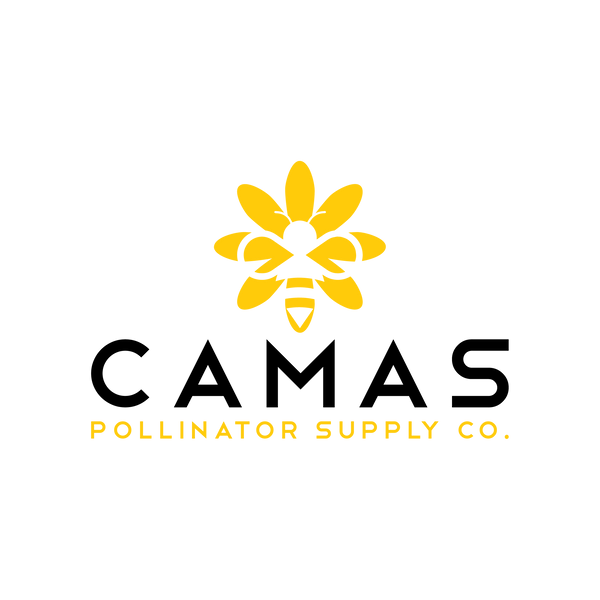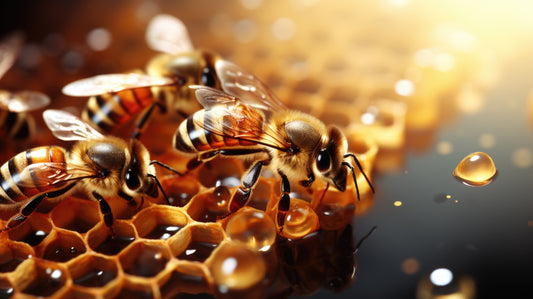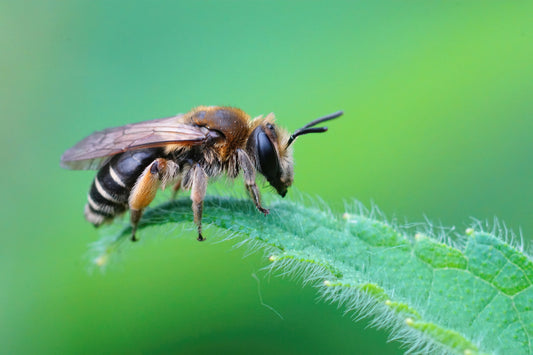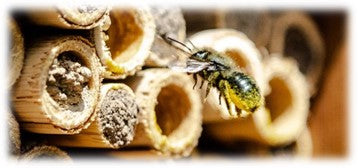While we're warm inside during winter, our gardens can be getting ready for spring bees and butterflies. Winter is the perfect time to plant flowers that will feed these early visitors. Many bees start looking for food on the first warm days, so they need flowers ready and waiting.
We're giving away free wildflower seed packs for Spring 2025! These seeds work great with winter plants to feed more bees. Each pack has special flowers that grow well in our area and provide lots of food for hungry bees.
Winter aconite is one of the first flowers to bloom. Its yellow flowers pop up through February frost to feed hungry bees. It's like an early breakfast spot for them. The bees can find these bright flowers easily, even on cold days.

Snowdrops and crocuses are tough little flowers. They bloom even when there's still snow. On a sunny winter day, one crocus can feed dozens of bees. Plant them in groups - bees spot them better that way. Put them where they'll get sun in winter.

You might not know about winter honeysuckle. It has sweet-smelling cream flowers from January to March. Early bees love it! This plant can grow pretty big, so give it space. The flowers smell great to us too.

Oregon Grape is special too. It has bright yellow flower clusters full of food for bees. Later, birds eat its purple berries. This plant stays green all year, which makes it extra useful in your garden. It can grow in sunny or shady spots.

Here's a good trick - plant primroses. Bees can't resist them. They bloom from March to May, making bees very happy. Put them in a shady spot under trees. They'll come back every year with more flowers.

Willow trees are bee favorites. Their fuzzy catkins come out before their leaves. Queen bumblebees really need this food when they wake up from winter. Even a small willow tree helps lots of bees. The fuzzy catkins are packed with protein-rich pollen.

Don't forget climbing plants! Evergreen Clematis keeps blooming all winter. It turns walls and fences into food stations for bees. These flowers do well in many spots and don't need much care. Just give them something to climb on.

Want the best results? Mix these plants together. Put tall ones in back, short ones in front. Make sure something is blooming all winter long. Add different flower shapes and colors to attract more types of bees.
Water is important too. Put out a shallow dish with pebbles. Bees need water even in winter, especially on sunny days. The pebbles give them safe places to land and drink.
This isn't just about pretty flowers - it's about helping bees survive. Every plant makes a difference. Get your free wildflower pack and add some winter plants.
Together, we can make spring amazing for our bee friends!




